As an Aussie – and member of the Commonwealth – you may be eligible for a UK Ancestry visa. Cooper is, and he’s just received his UK Ancestry visa for a third time. This allows us to move back to the UK to pursue a work opportunity in 2023. As his partner, I can apply to go too.
In this post, we’ll share exactly how we applied and successfully secured working visas to return to the UK. We leave in Feb, and will take our dog with us!
@houseandpetsitting Announcement: we’re moving abroad again + taking our dog! #dogstravel #traveltok #traveldiaries ♬ original sound – Freedom and Four Paws
UK Ancestry – what’s it all about?
About ten years ago, Cooper discovered that he was eligible for a UK Ancestry visa. This is because his Grand-ma was Scottish. She travelled to live in Australia during the period that now gives him the “birth right” to live and work in England, Scotland, Wales or Northern Ireland. The visa is flexible, allowing five years at a time with the option to apply for Indefinite Leave to Remain. There’s no age limit for applying, and no limit to how many times you can apply for it.
Unfortunately, the numbers of people in Commonwealth countries that this visa applies to will begin to dwindle now. This is more of a benefit for a generation of people whose grandparents travelled during the earlier part of the 1900s. British great-grandparents or parents do not allow access to this exact visa.
Background to our application: why we are applying for visas again
Travel Live Learn was born out of Cooper’s and my experience living and working in the UK.
We have actually lived in London twice before. The first time was between 2010-2012 when Cooper was first living and working there on an Ancestral Visa. I was under 30 then, and allowed to work under the Youth Mobility Visa scheme.
We returned in 2014, this time paying an immigration lawyer to help us secure Cooper’s second UK Ancestry visa and aligning me as his long-term (un-married) partner.
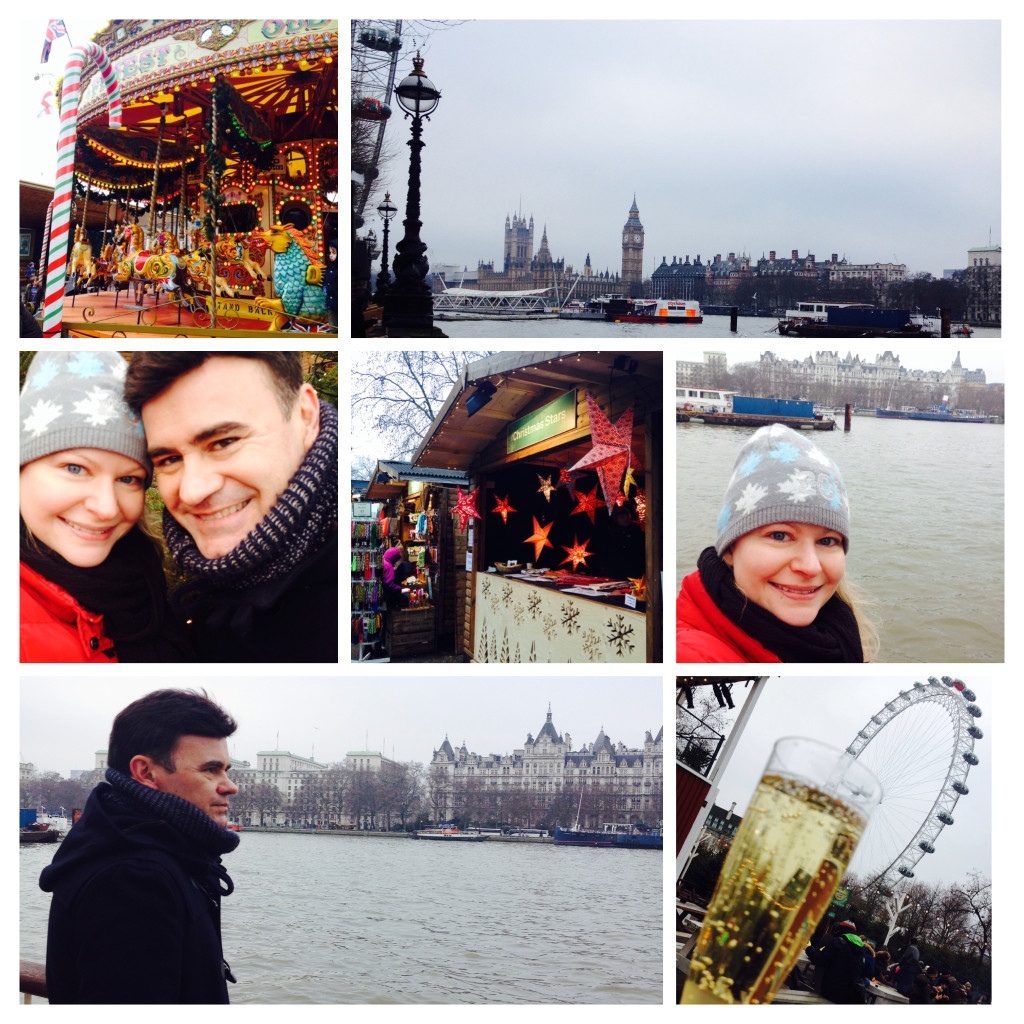
Cooper and I had completely settled in the UK by 2019. We fully intended to apply for Indefinite Leave to Remain (ILR) in 2020, having almost completed the five years settled status requirement. We were preparing to study for the Life in the UK test when COVID struck.
With just three months to go before we would be granted the right to come and go more freely, a difficult change was forced upon us. Not only did COVID remove our option to live, work and travel as we had previously done, but at the same time, my Dad came to the end of a battle with Prostate Cancer. It was a dreadful period of my life, where “goodbye” took on many meanings. I’m glad to be moving past it.
Applying for UK work visas post-COVID restrictions
Now that restrictions have eased in most parts of the world, we can move about relatively freely again. An opportunity presented itself that’s meant we have decided to go back to England to live and work for a little while. We’re even taking our COVID puppy, London, with us! (if you’re looking for advice and experience around travelling internationally with a pet, we will share it all on YouTube.com/travellivelearn).
Taking London dog means a serious chunk of our moving budget is gone straight away. So, we decided to take the plunge and apply for the previous visa combination we had (Ancestral + partner visa) ourselves.
“Ourselves” = “me” when it comes to gathering all the admin and paperwork for this fairly stressful task!
Discover our full experience here:
Steps you’ll take
- Apply for the Ancestry visa by following the links through the application forms on the UK Government website.
- You will pay for the application and your NHS surcharge. Download and keep a copy of ALL of your answers, confirmation numbers and payment details.
- Apply for the partner or dependent visa following the links on the website. Ensure your answers align with that of your partner’s Ancestry visa application. Pay for your visa and NHS surcharge.
- Book in for your biometrics, where you’ll have your fingerprints and photograph recorded, as well as your supporting paperwork and application scanned through to UK Immigration. Your passport(s) will be taken from here and sent off to UK Immigration.
- Wait patiently.
- You will receive notification that your passports are available. Check inside for your temporary entry clearance (which means your visa was granted – yay!).
- Upon entering the UK, you have ten days to collect your official biometric card – like a plastic ID card. You will have nominated a location for collection during your visa application. We chose a spot in London that we knew how to get to. It’s usually a post office.
Top tips and advice following our DIY visa application in 2023
- For the Ancestry visa, you need to enter the UK within three months of being approved for your visa. If you do know when you need to be there, e.g. for work, give yourself plenty of time – apply at the beginning of the three months.
- I received an email saying I had underpaid the NHS surcharge. This seriously freaked me out, because I had been undercharged during the application process. I will never know if this was my fault or a problem with the user journey on the application pages. There was no need to panic though. I paid and it all went through fine.
- Stay calm. There’s no real way to track the progress of your visas so you just have to wait and expect the best. If you supply plenty of evidence to show who you are, that you intend to work and that you can support yourself, you will be fine.
- For peace of mind, if you can get to a visa processing centre that offers an expediated service, we would take that option. In Australia, VFS Global – the company that processes your paperwork and biometrics (fingerprints and photograph) – offers a priority service at their Sydney, Melbourne and Perth centres.
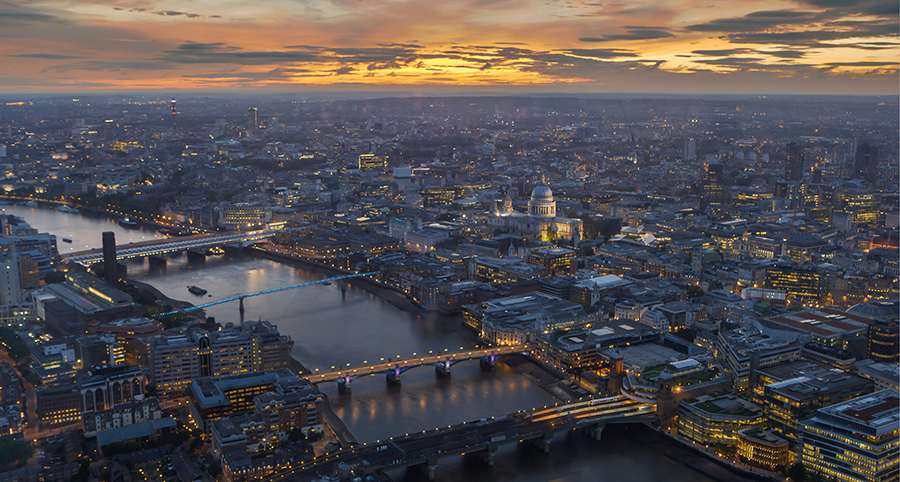
Applying for UK work visas from Australia: resources and links
Websites you will need or might find helpful are:
- UK Ancestry visa – apply from outside the UK – start your visa application here using the ‘apply online’ button.
- Partner visa – follow the links to apply. I selected:Join or accompany a family member, who either is already in or will be travelling to the UK, the Channel Islands or the Isle of Man (and you cannot apply on any other form);Followed by: Working in the UK, the Channel Islands or the Isle of Man
- This blog by Kat’s Gone Global is helpful too, talking about what you need to know when applying for a UK Ancestry visa.
- This UK Visas and Immigration Facebook Group is a place to ask questions, but be mindful the advice you may get might be skewed depending on where someone is responding from in the world.
Any questions, please feel free to reach out in the comments below.
Podcast: Play in new window | Download


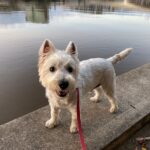

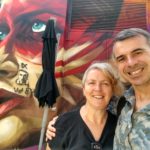
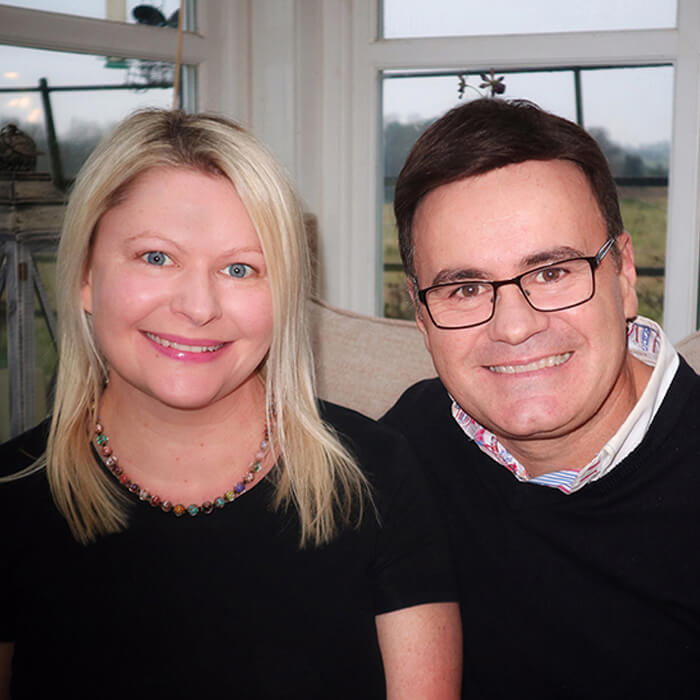
A heartfelt appreciation to Travel Live Learn for delivering such valuable content, undoubtedly aiding individuals in discovering their ideal travel destinations. This is particularly beneficial for busy professionals who may lack the time to explore various countries in alignment with their preferences and leisure. The insightful information shared empowers these individuals to make well-informed choices, ensuring their limited time for travel is truly enriching.
Hi Andrew, your thoughtful comment is much appreciated!
Hi both, thanks for sharing – this was really helpful for me (a kiwi considering making the move to the UK). Can I run a question by you? If I am granted an Ancestry Visa but then, after way 18 months, move back to New Zealand for 3-4 years…is it possible to apply and get a further Ancestry Visa?
Hi JK, yes it is! :) This is our third time coming to the UK on the visa. Wasn’t meant to be 3 – we were just about to apply for Indefinite Leave to Remain when COVID happened and we got locked into Australia. But we have come back again on the visa. It is expensive to come and go in terms of having to pay up front 5 years NHS health surcharge, but, as far as entry to the UK, you can utilise it as many times as you need.
Hi Sarah and Cooper, thanks for your wonderful video on the application process for the Ancestral Visa. I remember completing the same process for myself and 3 dependants in 2013, and the nervous wait, followed by the elation of the approvals!
My family and I are considering a return to the UK, having spent 4 years between 2013 to 2017 (6 months short of applying for ILR!). The NHS surcharge times 4 applicants has certainly made this decision a financial investment (or burden, depending on who you ask!). Have you found living, working and traveling to be as rewarding for you in comparison to your previous experiences? Are there any other significant complications that you had not anticipated for your third instalment of your adventures?
Congratulations on your very informative and professional blog,
Hi Anthony, thanks so much for your thoughtful comment – it is much appreciated.
The cost IS excruciating, agreed. And also a little frustrating when it’s often hard to gain access to the NHS when you need it.
Your question about our third time round is an excellent one – I’ll be honest, since COVID (and when we last lived here), it is MUCH more expensive. For us too, it’s been more of a challenge with a dog although we’re happy to have him. We have spent the past 9 months living outside of London but for us, we’d prefer to be in London, so that is going to be our next move. It’s just better for us in terms of a social circle and opportunities which is why we moved back. In terms of being able to travel and experience a new adventure, yes, third time certainly stacks up. There have been some personal delays for us in terms of employment and getting properly settled, so in that sense, we’re not entirely at our ‘happy place’ yet. But, with plans in 2024 to address things we want to improve, and also now we feel we’re adjusting again after a third significant life change, Yes, it’s worth it. The reward is in the challenges you overcome, right? It sounds like you too have heaps of experience here – London never loses its buzz, and there’s so much going on in this part of the world. The only other issue you face is keeping an eye on the budget and finding a place to live that’s affordable and where you guys are happy – but it’s all achievable. Definitely come – if you don’t have a pet like us, invest the money in staying in an airbnb for a month or two so you can really shop around to find the right long term place to live. Let us know when you’re here – we’ll get to the pub and swap stories! :)
Hi again, Sarah!
I could not agree more, the rewards are certainly in the challenges that are overcome!
It is great to hear you are moving closer to finding your happy place too. Good on you for identifying where you want to be, and doing something about it. And we had heard (and seen) the cost of everything had risen significantlhy. I think that is true for most parts of the world post-Covid, so I dont think we will let that stop us.
Our aim is to find work in, or very close to London. We still have some strong social connections just outside of the M25, which we hope to rekindle. The social aspect is a big reason for our return as well! We will be sure to look you up and swap some stories over a pint when we get there!
How exciting! Good for you :) Let us know if you need anything ahead of getting over here. I have a good feeling about 2024! Safe travels, Sarah & Cooper
Hi Guys. Very interesting reading your adventures and thanks for detailed info.
Don’t know if you can shed any light but I’m trying to volunteer (unskilled) in UK next year for only 7 days and I’ll only be in UK for about 3 months. I’m 67 so can’t go working visa route.
They are not a charity so no go.
It appears my only option is Ancestry path (my grandparents from Scotland) but it seems it is a 5 year visa and the health surcharge is £3120 – ridiculous for the 7 days i want to volunteer.
The visa itself is already expensive.
Would you have any idea if you can get a 6month or less Ancestry visa ? Or if you would be refunded the health payment pro-rata when you left the UK?
Thanks
Hi Ken, ooh that’s a good question! In our experience nothing is refundable in this process, so yes this visa option would be an expensive route to go for such a short time. Do you need a visa at all though? Could you just come into the country as a visitor? For such a short time I suspect you can, after all, you’re not working here and don’t intend to. If you do end up volunteering through an organisation, they should be able to advise you on best path in. Worst case scenario, I’d try to pay for a consult with an immigration lawyer based in the UK for advice on safest way to spend your time here. If you’re simply volunteering for 7 days as part of a trip to the UK, I really think you could enter as a visitor – are you coming from Australia or elsewhere? Cheers, Sarah
Quick question, if I were to book flights for a certain date, then apply for the visa three months before the flight date, if we get granted the visa say…. 6 weeks into this three month period, does our five years start from the day we enter UK or the day we are granted the visa? I’m trying to understand how we apply for leave to remain after 5 years, but we can’t apply until we’ve been there five years but the visa is only.. 5 years?
Hi Penny, great question. When we applied for our visas, we had to select a location in London where we’d collect our physical visa cards (although this will change in a year when the whole process is digitised, no physical visa card required). I think the five years may start from when the visa is granted because you’re expected to enter the UK as soon as you can after receiving it. From memory, the end date was already determined on our cards when we collected them a week after entering the country. Because you’re expected to enter the UK within a very short period after being granted it, a month or so won’t make a big difference to your five years.
Your five year period will be determined by the end date on your visa. Coming up to that time, you can choose to either reapply for Ancestral visa (which you’re entitled to do), or apply for Indefinite Leave to Remain, which does come with more privileges but you’ll need to do the Life in the UK test. But you can also apply for a passport a year or so after that. Just keep an eye on the requirements for days you’re allowed to be out of the country as that may be your only barrier to applying for ILR in five years – I nearly went over with ours! Although then we got stuck out of the UK because of COVID so it all went out the window.
Hope that helps! :)
Greetings from NYC! Thank you so much for your informative video and for sharing your experiences with us all :)
I am pursuing the UK Ancestry visa myself and had two queries I wondered if you might be able to assist with. The first is regarding NHS coverage. It’s a sizable cost to pay upfront and I hear the coverage does not cover prescriptions. Have you experienced this or know if this is accurate?
The second area is the ability to come and go within those 5 years without losing access to the visa. For context, I was looking to come over to the UK for 1 year and then come back to the States for the next year and then continue the switch over a few times, but will I lose the visa entirely if I leave for a long period of time say around 1-2 years at a time? I know I would lose the ability to pursue the ILR, but I would be fine with that. I am more keen to keep the five-year visa in order to avoid having to reapply and manage those costs again.
Greatly appreciate the advice. many thanks!
Hi Piper, thanks for leaving a comment and your questions – they’re good ones. So, NHS charge – it IS hefty up front, it does not cover prescriptions, and in some instances it’s very hard to see a GP or get treated because there’s a huge backlog. That’s not to say the NHS staff are not great, they are, but it’s not entirely reliable now when you need it. If you can get a job that offers private health insurance I would. With that said, I wouldn’t let this stop you. It’s expensive, but it’s part of life here and there are huge advantages to being based in London :)
Your second question – coming and going, super important: you can’t come here for a year and leave for a year, no. I think it is 90 days out of the country that you’re allowed each year. There is some technicality around 180 days, I can’t quite remember, but your safest best is to base your plans on just 90 days away. This is especially important should you get to the 5 years and want to apply for Indefinite Leave to Remain. ILR will then give you more freedom to come and go (I think it is 180 days) and you can apply for a passport a year after that for full freedom. But during the 5 years ancestral, you will need to be mostly based here.
Hope that helps :) Kind regards, Sarah x
Hello from Byron Bay! Thank you for sharing such great information. It has helped me out alot. I’m in my late 20’s and just about to move over to England for the first time. I have a couple of questions… I had my UK Ancestry Visa in 2020 and then COVID hit which meant I never made it to the UK from Australia, with everything that happened I was not financially able to go over till now. I was wondering if you have heard if the UK Gove has given the time missed back? The second question is, I now only have 6 months left on my ancestry visa. Since COVID my life has changed alot, which I’m sure has happened for lots of people. So I am opting for a Youth Mobility Visa after the 6 months before committing to another 5 years. Do you know I can still apply for an Ancestry Visa even after being on a different type of visa?
Hi Ebony, lovely to hear from you. We got locked into AU during COVID too and had to start our visa process again when we came back to England in 2023. We were just two months off getting our Permanent Leave to Remain when that hit. We’ve often thought about asking an immigration lawyer about getting time back but figured by the time we paid for the consult it wouldn’t be worth it. I suspect that you’ll need to go through the process again, but you could reach out to an immigration lawyer in the UK and ask for initial advice and go from there. That’s what I’d do. I believe that once the Ancestry is granted you are supposed to enter within 6 months of that date, so I don’t think it will be valid anymore now – another reason to check with a lawyer. It’s easier to access an immigration service here for advice than try to get through to the Home Office.
If you go for the Youth Mobility first, yes I am fairly sure you can still get Ancestry after. I think you do have to go back to AU to apply though, but am not sure on that part. You’re entitled to apply for Ancestry as many times as you like.
I really do think your best bet is to send these questions you’ve asked me to one or two immigration lawyers here in the UK (just Google some) and see if anyone will help you with advice for free or for an affordable consultation via Zoom. Good luck! x
It is a very helpful article.